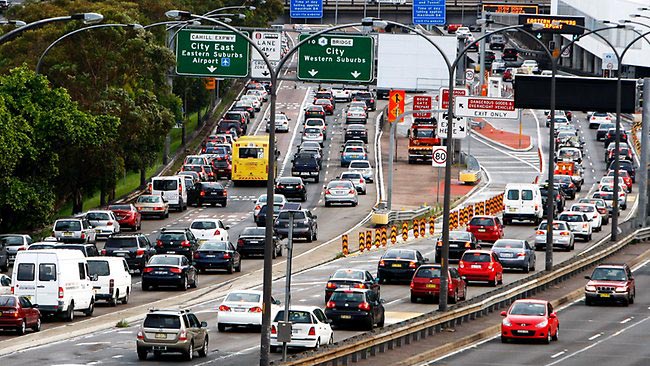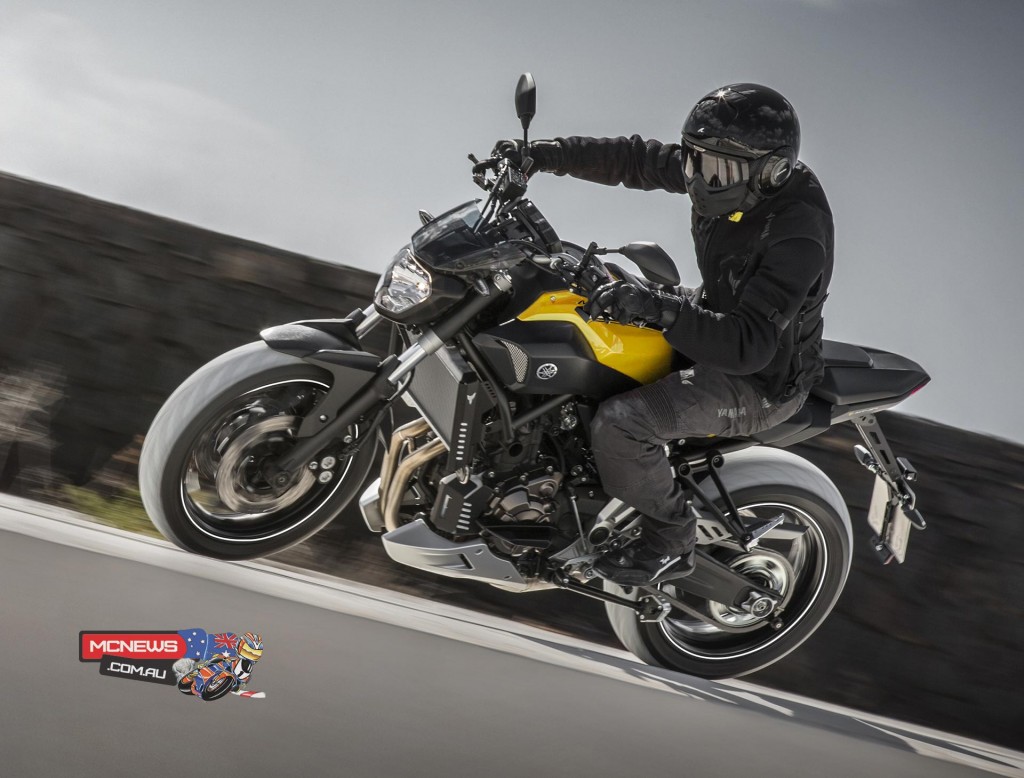Get about – Get a bike
By Phil Hall
This was the very catchy slogan of one of the motorcycle pressure groups some years ago when they were trying to convince people that using a motorcycle to get around on made good sense.
Now, being on the “inside” we know that this is so, but the wider community still doesn’t seem to be entirely convinced. While grinding through Penrith the other day I was again reminded how much more sense it made to be on the bike than in the car, even though I wasn’t especially happy to be doing it. And it reminded me of an experiment that was conducted by one of Sydney’s newspapers are few years ago that set out to compare commuting times in the city. In order to evaluate the merits of various forms of commuting (and, I suspect, to embarrass the then Transport Minister), they gave 6 people the assignment of travelling from Ryde (in the heart of the Transport Minister’s electorate) to the city centre by 6 different methods. The progress of each competitor was monitored and their total elapsed time was recorded.
For reference sake and to help non-Sydneysiders, the distance is approximately 17kms.
Final results read as follows.
- First: Scooter, 25 minutes
- Second: Push bike, 32 minutes
- Third: Car, 37 minutes
- Fourth: Train, 1 hour 12 minutes
- Fifth: Bus, 1 hour 14 minutes
- Sixth: Running, 1 hour 20 minutes

Given that it was a city-based experiment we will allow the use of a scooter rather than a motorcycle. We can also assume that any motorcycle would probably have been able to better the time set by the scooter by a couple of minutes at least (more power).
Now there are a myriad of conclusions which can be drawn from this experiment, but please allow me to draw just a few.
Obviously the scooter/bike will win, as it can filter the traffic and not be stuck in traffic jams for as long. The test results did not mention whether the rider filtered or not, but, given that it was conducted before filtering became legal, I suspect that the rider did not. So you can safely say that, using filtering, the 25 minutes time would probably be less than that. Since most commuting in the city takes place in moderate to heavy traffic (at almost every hour of the day these days) then the ability to manage the traffic is critical. A bike rider can exploit the gaps more easily even if not filtering so it is no surprise that the bike won the contest.
The second place for the pushbike could be seen as a surprise but there are some awfully fit MAMILs out there! When “Top Gear” conducted a similar test (though not as extensive) some years ago, the Hamster won the contest easily (though not comfortably) on his pushbike riding through the city of London. And, given that push bike riders seem to be even less concerned with the subtleties of the road rules, finishing only 7 minutes behind the powered bike is a pretty fair effort.
37 minutes to cover 17 kilometres in the car is surprisingly good also. Of course, the longer the commute, the wider the gap between the bike and the other methods will become as the vagaries of traffic flow, the effects of tiredness for the pushie rider and so forth start to take effect. It is also clear that similar increases in time taken will affect the two public transportation methods due to the increased number of stops over the longer distance, time lost accelerating and decelerating as well as time spent loading passengers and, in the case of the bus, fighting its way back into the stream of traffic.

What the test did show most conclusively, however, is that the two methods of public transport did a woefully inadequate job of serving the commuters’ needs even compared to a car, the train taking almost 3 times longer to deliver its commuter to the same spot and the bus falling a further two minutes behind it.
Public transport apologists will point out that, while a bike may be faster, the train or the bus can deliver large numbers of commuters to a destination where a bike can only deliver one, and they do have a point. They will also point out that the cost of parking and finding somewhere to stash your riding gear (and, perhaps, even get changed into your work clothes) militates against riding a bike as a commuter choice and adds a degree of complication that might even outweigh the advantage of being faster.
Public transport fans also point to the fact that they don’t have to expend any personal energy, assume the responsibility of driving or take responsibility for their safe arrival, and all of these are valid points. They can also read a book, play on their iPad, catch up on their emails, or catch a few zeds while commuting and that takes some beating. As the journey becomes longer, say from Wollongong where I live, to the Sydney CBD, that certainly has its attractions. The downside is the lack of privacy, over-crowding and your inability to choose the people with whom you travel.
The Green lobby, led by the execrable Clover Moore in Sydney, also point out that having large amounts of people being moved around in single vehicles means less pollution, but does it? Granted many buses now use LPG and most trains are electric, but the cost of generating and delivering the power is still an environmental one and one which the apologists are unwilling to discuss. There is no such thing as a free lunch, and the power still has to come from somewhere and be paid for. With modern cars and bikes becoming more and more fuel efficient and less and less polluting, the green argument is getting harder to win.
And all the bleating about how we must get people off the roads and onto public transport becomes a total farce when the system can’t cope with the number of people who are using it NOW, let alone how many WOULD be using it if cars were banned, (for example) from the city centre as the eco-Nazis are suggesting.
However, since the object of the test was simply a comparison of travelling times, it is clear that public transport fails miserably in terms of delivering speed and the bike wins hands-down.
And the point that the test did not address (it wasn’t within its brief to do so) is that riding a bike is a pleasurable experience no matter what the conditions are. Riding to work is not only faster, it’s also more FUN!! And none of the other methods can claim that. If you want proof, stand at any railway or bus station and count how many people get on OR off with a smile on their face. I guarantee you, there won’t be many.
The lesson is clear. If you want to get about, get a bike.

























